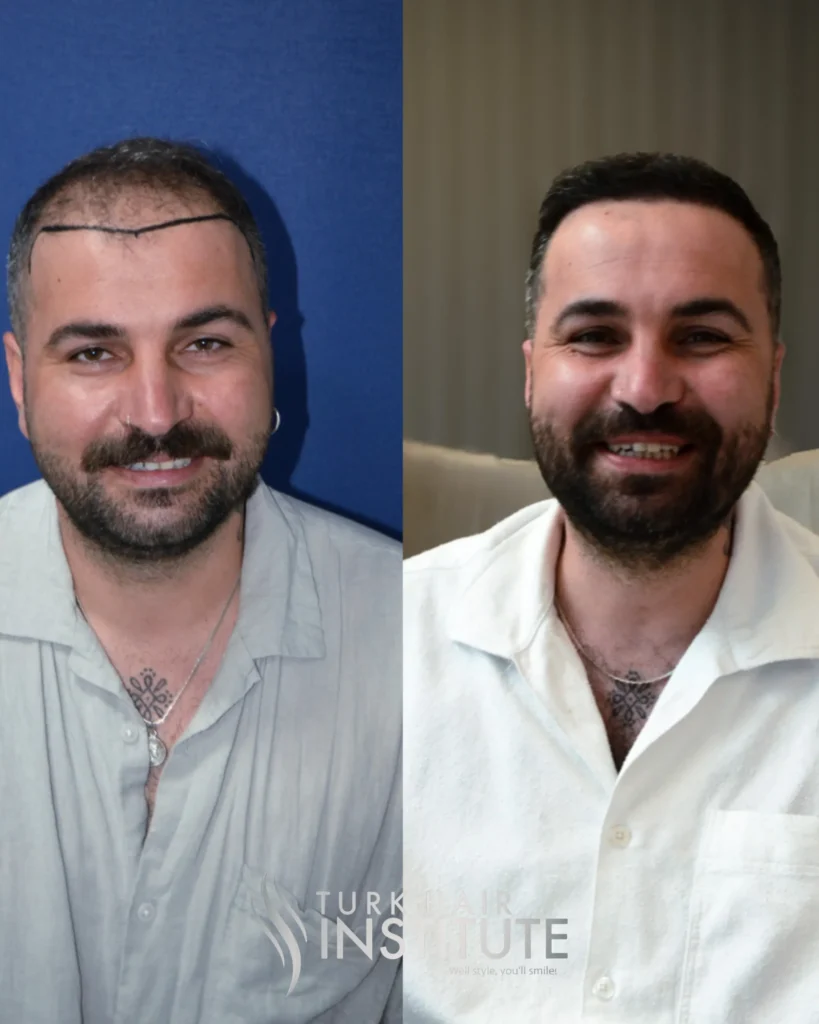Differences Between FUE and DHI: Which Method is Right for You?
What are FUE and DHI? Let’s Briefly Get to Know

Hair transplantation technology has made great progress in recent years. In this process, two methods have come to the fore: FUE and DHI. Although both offer successful results, there are significant differences between them, both technically and aesthetically. In this article, we will discuss these methods in full detail through the focus keyword “Differences between FUE and DHI”.
FUE (Follicular Unit Extraction) Method
FUE is the technique of removing hair follicles one by one from the donor area with the help of a micromotor and placing them in pre-drilled channels. The advantage of the method is that it can be applied to large areas in a short time. It does not require stitches and leaves no scars.
DHI (Direct Hair Implantation) Method
In the DHI method, after the hair follicles are harvested, they are directly transplanted with the help of a special pen (Choi implanter). In this method, channel opening and transplantation are performed at the same time. It is especially preferred in areas where the hairline is desired to look natural.
Differences Between FUE and DHI: A Technical Review
Although both methods are used safely in the world of hair transplantation, there are striking differences between them.
Graft Collection and Placement Process
FUE: After the grafts are harvested, they are kept, then channeled and transplanted.
DHI: After the grafts are harvested, they are immediately transplanted with a Choi pen, which increases the viability rate.
Equipment Used and Application Speed
FUE is performed with more classic micro instruments.
DHI uses advanced implanter pens, which allows for more precise work.
The application time may be shorter in FUE.
Hair Density and Naturalness Effect
The DHI method provides an advantage in terms of natural appearance, as it intervenes more precisely in the direction of hair growth.
FUE is ideal for large areas.
Differences Between FUE and DHI: Recovery Time and Comfort
Pain, Swelling and Scabbing Periods
Both methods use local anesthesia.
Since DHI involves minimal incisions, there may be less swelling and scabbing.
Time to Return to Daily Life
Recovery after FUE takes 7-10 days.
DHI provides faster recovery, some patients can return to normal life within 5 days.
Which Method is Right for You? Personal Criteria
When choosing, it is important to pay attention not only to technical differences but also to personal characteristics.
Donor Area Status and Hair Type Effect
DHI may be preferred for people with thin and dense hair.
More grafts can be obtained with FUE in those with a large donor area.
Operation Budget and Number of Sessions
The DHI method is usually more expensive because the operation time is longer.
FUE is a more affordable option.
Experiences of Those Who Prefer FUE and DHI Methods
Real Patient Reviews and Result Photos
On social media and forums, patients state that the DHI method provides a more natural hairline, while FUE is successful in diffuse hair loss.
Differences Between FUE and DHI: Expert Opinions
In Turkey, many doctors can combine these two methods according to the patient profile. DHI is preferred especially for the front hairline and FUE for the middle and back regions. Turkish doctors hold the leadership in hair transplantation with this variety of techniques.
Conclusion: FUE or DHI? Factors Affecting Your Decision
The “differences between FUE and DHI” are not limited to technical issues. Personal expectations, your hair structure and your budget shape your decision. A detailed preliminary consultation with a specialist doctor will help you determine the right method for you.
Source:
ISHRS – Information on Hair Transplantation Techniques
What is Stem Cell Hair Transplantation? What are the Benefits?
Why Turkish Doctors are World Leaders in Hair Transplantation?

